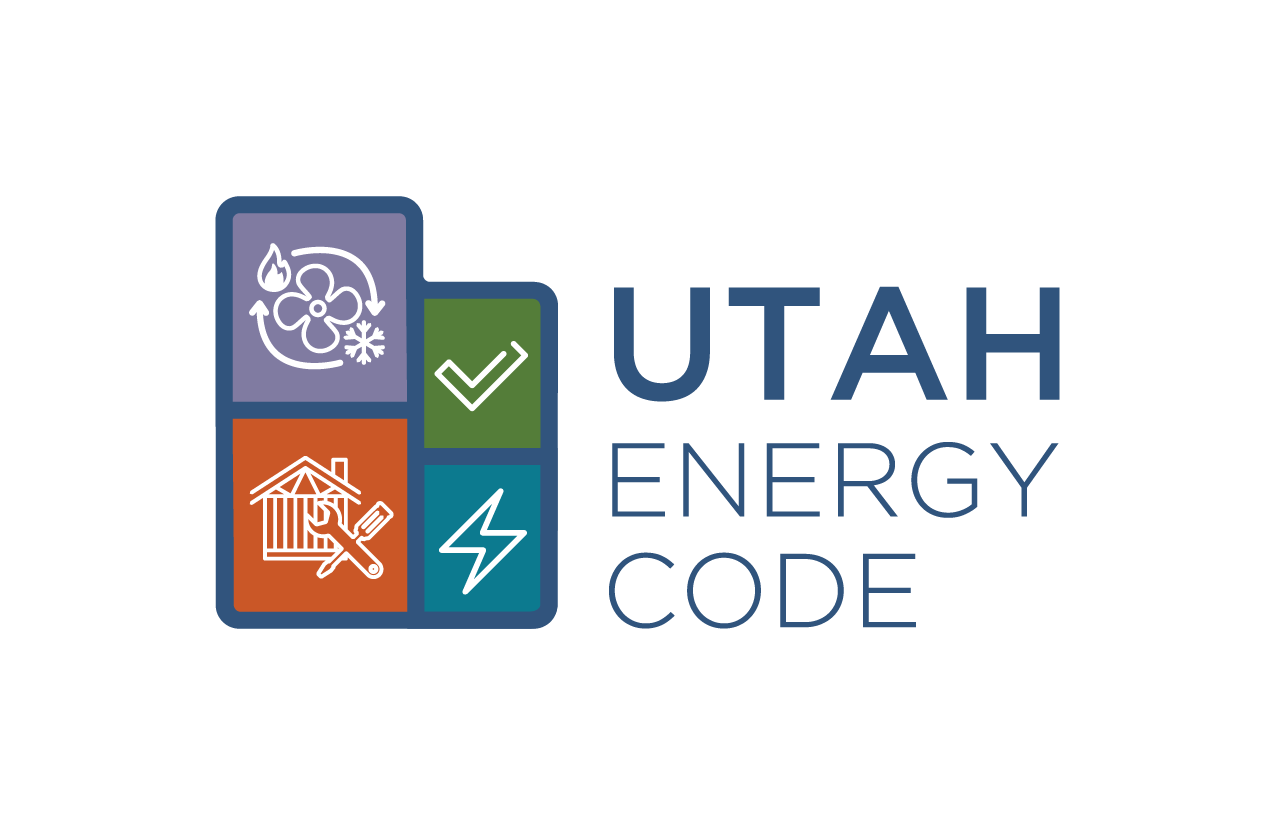
Utah Energy Education
Introduction
Energy codes provide multiple benefits, including reduced costs for property owners in the form of lower energy bills, increased temperature control for optimal comfort and helping the state conserve local resources. Energy codes also act as a vital benchmark for ensuring that new and existing buildings consume energy efficiently, thereby reducing greenhouse gas emissions and fostering a more sustainable future. This blog post explores the importance of energy codes, the key components involved, and the steps necessary to achieve energy code compliance.
What are Energy Codes?
Energy codes are regulatory measures that set minimum requirements for energy-efficient design and construction of buildings. These codes aim to reduce energy consumption and environmental impact while ensuring occupant comfort and safety.
Utah Energy Codes
The current energy code in Utah is the 2021 International Energy Conservation Code (IECC). The IECC includes both commercial and residential provisions. The commercial provisions allow an option to comply with ANSI/ASHRAE/IES Standard 90.1 2019, rather than the IECC (C401.2.1 & C401.2.2). The residential provisions (R101-R505) are also found in the 2021 International Residential Code (IRC), a single book which contains all codes required for residential construction.
*Please note, the Utah Legislature has heavily amended the residential energy code, due to concerns over the cost of complying with current IECC code. The only amendment to the commercial provisions, changes automatic receptacle control requirements to be optional (IECC C405.11). The IECC exception to automatic receptacle controls also extends to ANSI/ASHRAE/IES Standard 90.1 2019 section 8.4.2.
The Benefits of Energy Code Compliance
Environmental Benefits
Energy code compliance helps reduce the carbon footprint of buildings by minimizing energy consumption. This leads to lower greenhouse gas emissions, which contributes to the global effort to combat climate change.
Health and Comfort Benefits
Energy-efficient buildings provide better indoor air quality, more consistent temperatures, and improved overall comfort for occupants. This can enhance the well-being and productivity of those who live and work in these spaces.
Economic Benefits
Buildings that follow the energy code often have lower operational costs due to reduced energy usage. This can translate into significant savings for building owners and occupants over the course of a building’s lifespan.
Key Components of Energy Codes
Building Envelope
The building envelope includes insulation, windows and doors, all of which play a crucial role in maintaining thermal efficiency. Proper insulation and high-performance windows that adhere to code can significantly reduce heating and cooling demands.
HVAC Systems
Energy codes stipulate the efficiency standards for heating, ventilation, and air conditioning systems. These systems should be designed and installed to maximize energy savings while maintaining indoor comfort.
Lighting
Modern energy codes require the use of energy-efficient lighting solutions, such as LED fixtures and smart lighting controls, which help reduce electricity consumption.
Water Heating
Efficient water heating systems, including tankless water heaters and solar thermal systems, are essential components of energy code compliance.
Renewable Energy Integration
Incorporating renewable energy sources, such as solar panels, can help buildings meet energy code requirements and further reduce their reliance on fossil fuels to operate.
Options to Achieve Energy Code Compliance
Below is a table showing the compliance paths offered by IECC and ANSI/ASHRAE/IES. The International Energy Conservation Code (IECC) 2021 offers two primary paths for compliance, the prescriptive path and the performance path. The ANSI/ASHRAE/IES offers three different paths, the prescriptive path, the energy cost budget method path and the performance rating method path.
Code |
Paths |
Description |
| IECC 2021 | Prescriptive | The prescriptive path involves following a set of specific requirements laid out in the code. Each component of the building, such as insulation, windows, and HVAC systems, must meet or exceed these prescriptive requirements. The advantage of this path is its simplicity and clarity. Builders and designers have clear guidelines to follow throughout design and construction. However, it offers less flexibility than the performance path. |
| Performance | Under the performance path, the overall energy performance of a building is evaluated rather than the performance of individual components. Designers can use energy modeling software to demonstrate that a proposed building design will use no more energy than a similar building which meets the prescriptive requirements. This path offers greater flexibility than the prescriptive path, allowing for innovative design solutions that may not conform strictly to prescriptive standards but will still achieve the same or better energy performance. | |
| ANSI/ASHRAE/IES Standard 90.1 2019 | Prescriptive | Similar to the IECC prescriptive path, this method requires each component of the building to meet specified criteria. This path is straightforward, with detailed requirements for building envelope, HVAC systems, lighting, and all other components. |
| Energy Cost Budget Method (ECB) | The ECB method is a performance-based approach where the energy cost of the proposed building is compared to the energy cost of a baseline building designed to meet the prescriptive requirements. Energy modeling is used to ensure that the proposed building design is at least as cost-effective in terms of energy use as the baseline building. | |
| Performance Rating Method (PRM) | This method, also known as Appendix G, is typically used for projects seeking LEED or other third-party certifications. It involves creating an energy model of the proposed building and comparing it to a baseline model defined by ASHRAE. The PRM allows for more design flexibility and is often used for complex buildings or those that incorporate advanced technologies. |
Conclusion
Energy code compliance is essential for creating sustainable, cost-effective and comfortable buildings. By understanding the key components, challenges and compliance paths in standards like IECC 2021 and ANSI/ASHRAE/IES 90.1 2019, builders and developers can successfully meet and exceed energy code requirements. Energy codes help us all embrace energy efficiency as a cornerstone of our building practices and help contribute to a better future.
– Dr. Energy

0 Comments